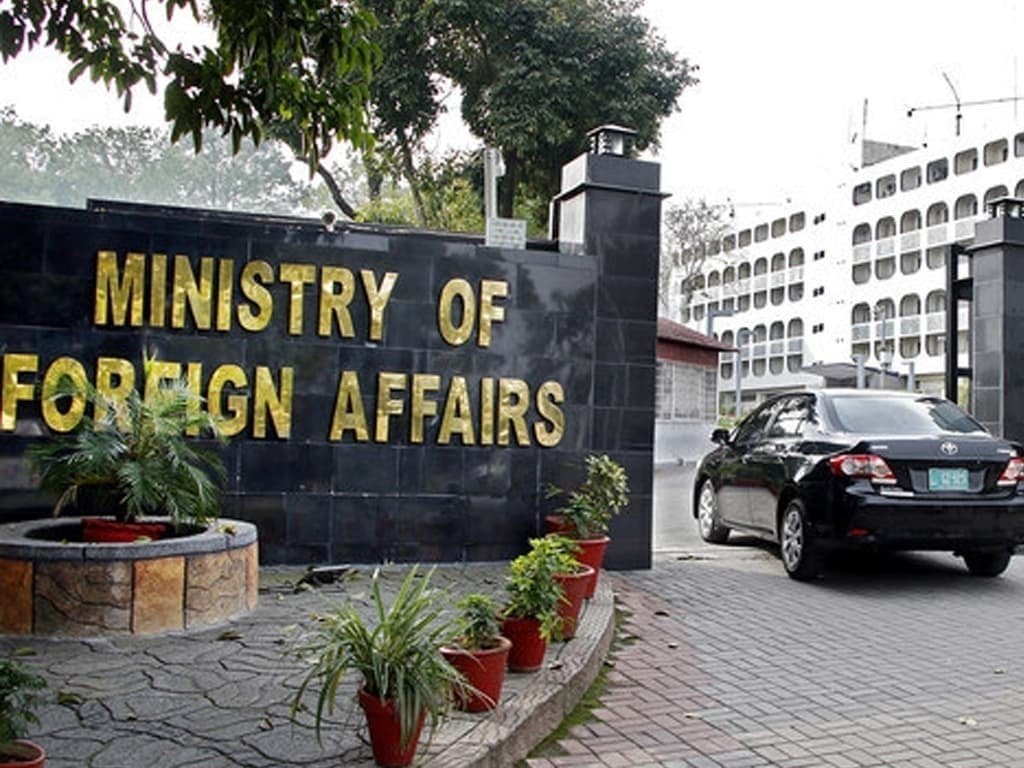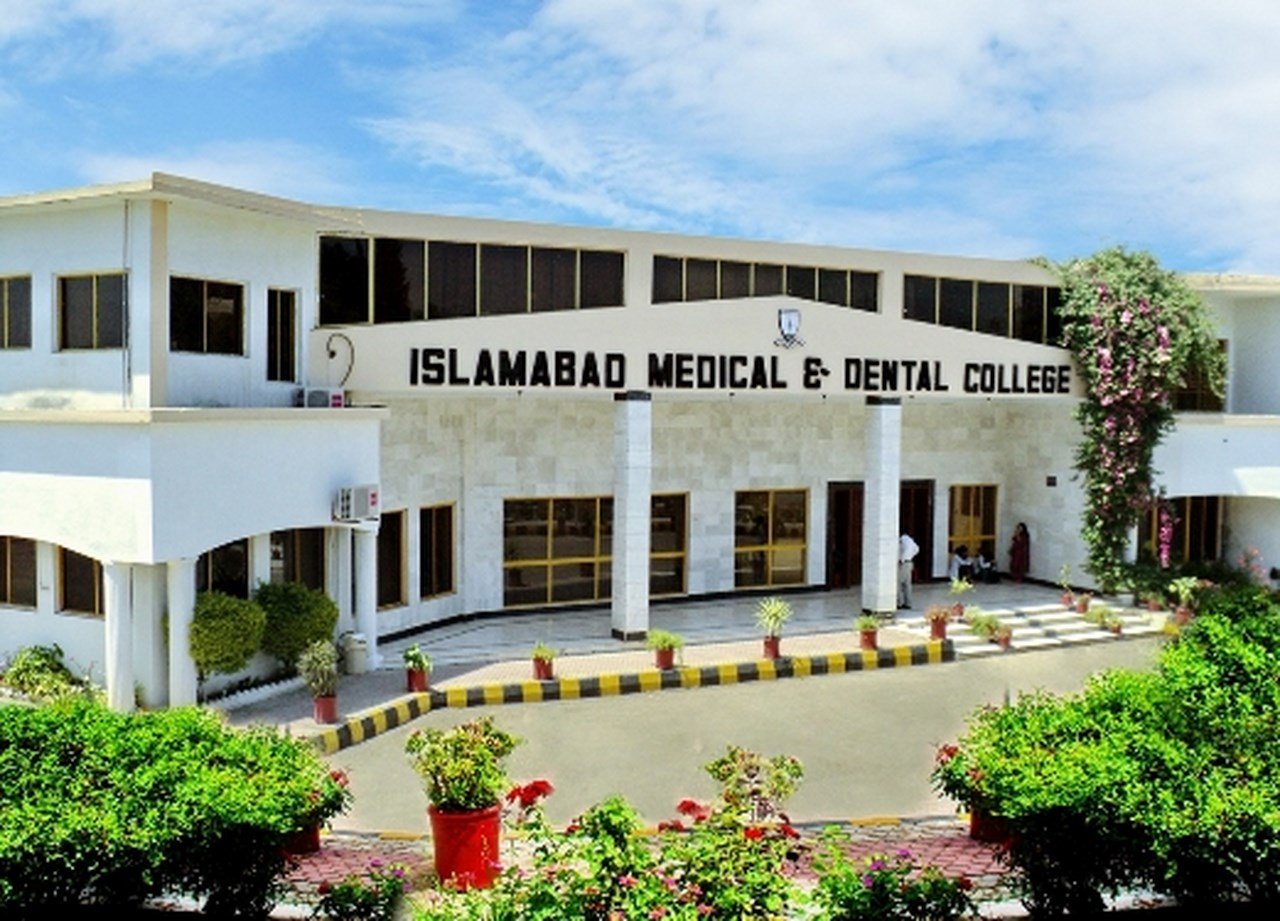
By: DR. ALLAH BAKHSH GULSHAN
Rainfall during the season of monsoon plays a significant role in Pakistan agricultural economy, particularly for Kharif crops, which are sown during the monsoon season all over the region of Pakistan in general and particular in the southwest parts of the country. The yield of kharif crops is under the significant influence of monsoon rainfall and pest dynamics. The understanding of these dynamics is essential for ensuring food security and farmer livelihoods of Pakistan. “Actually, healthy and productive crops are a key to the well-being of farmers, and peasants’ happiness is a guarantee of a welfare state in Pakistan.” Here we discuss the positive impacts of monsoon rainfall on kharif crops like rice, cotton, soyabean, maize, groundnut, millets, pulses and various types of vegetables like eggplant, okra and green peppers etc. We increased the crop production by adapting the suitable and manageable practices in relation to adequate rainfall, which leads to increased soil moisture contents, promoting crop growth and higher agricultural output. Naturally rainfall is actually the source of recharge of underground water. Thus, the monsoon rain spill helps to recharge underground water resources of the area, which is critical for maintainable to agronomic practices in the regions where water shortage is a big problem.
Adverse effects of Monsoon Rainfall on Kharif Crops
There are some erratic effects of monsoon rain on kharif crops like first one is the unpredictable monsoon patterns can disrupt crop cycles, exacerbate pest and proliferation of various disease issues, and ultimately lead to crop losses. But delayed or early monsoons can also impact the schedule of planting which can affect crop yields. Secondly, excessive or deficient rainfall can lead to floods or droughts, respectively, both of which can be disastrous for agriculture. Ultimately, the shortage of soil water results the crop failures and the production of crops in terms of yield is reduced in quality and quantity, while in other hand the flooded soil can damage the crops, erode away the top fertile soil and that lead to livestock losses. Thirdly, monsoon situations can create an encouraging atmosphere for the growth and development of certain pests and they cause the various diseases and ultimately crops are affected at dangerous level. Moreover, the hottest temperatures always altered the precipitation patterns in the soil, which can lead to increased pest populations and posing additional challenges for the farmers.
Impact on Pest Dynamics. The excessive rainfall can lead to an increase in pest populations, while drought conditions can reduce their numbers. The type and severity of pest infestations can vary depending on the specific crop, region, and monsoon patterns. In addition, pests can cause significant damage to Kharif crops and due to effect of pest’s crop yields is reduced in major quantity. To adopt the effective pest management strategies, which are essential to mitigate these losses.
Solutions for Managing Pest Dynamics and Crop Yield. Integrated Pest Management (IPM): IPM involves using a combination of techniques, including cultural, biological, and chemical controls, to manage pests. This approach can help reduce pest populations and minimize crop damage. Moreover, by adopting climate-resilient agricultural practices, such as using drought-tolerant crop varieties and implementing conservation agriculture, can help farmers adapt to changing monsoon patterns. The smart technology use is the one of best option to control the pest and obtain a good yield from the crops. Such as some leveraging smart technologies, that help for precision agriculture and crop monitoring, can enhance efficiency and sustainability in agriculture. These technologies can help farmers detect pest infestations early, optimize irrigation, and reduce crop losses.
Recommendations. there are four important commendations which include the First one and vital feature is the monitoring of crops regularly which can help to detect the pest infestations at early stages that early identification plays a role in timely intervention. This can be achieved through the use of drones, satellite imaging, and other precision agriculture technologies. Secondly, promoting maintainable agricultural practices, such as organic farming and conservation mechanism of agriculture that could help to improve soil health and reduce pest populations, and ultimately enhance crop resilience. Thirdly, selecting and developing crop varieties that are resilient to changing monsoon patterns and pest dynamics can help farmers adapt to climate change. Fourthly, there are improving water management practices, such as irrigation and drainage, can help reduce crop losses due to excessive or deficient rainfall. At last, it is concluded that the impact of monsoon rainfall on Kharif crop yield and pest dynamics is complex and multifaceted chapter of the lesson. It is important to understand the dynamics of pest control which is essential for ensuring food security and farmer livelihoods. By adopting climate-resilient agricultural practices and with the help of leveraging smart technologies to promote sustainable agriculture in a better way. The farmers can mitigate the negative impacts of monsoon rainfall and improve crop yields for improving their socio-economic condition and change their lifestyle economical to wellbeing. PAKISTAN PAINDA BAD




